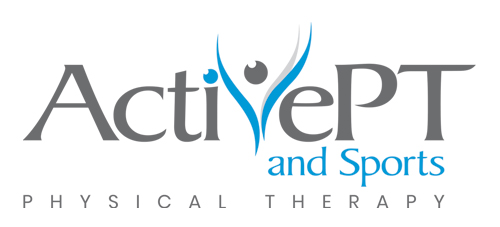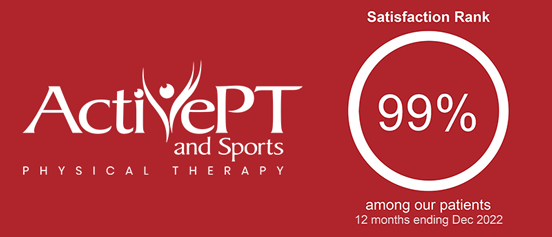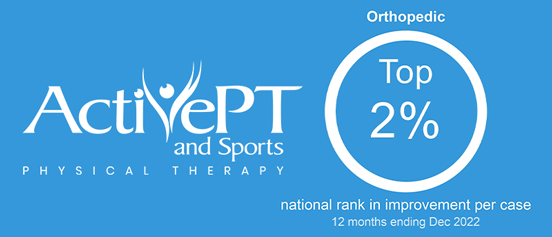Marathon or half marathon training is a dedication and your warm-up can either help or hurt your performance. Don’t waste your precious training time with a warm-up that doesn’t optimize your training and performance on race day.
STATIC VS. DYNAMIC WARM-UPS
Static stretching is the “old fashioned” method of warming up. Bend down and reach for your toes and hold it for 30 seconds and you’ve performed a static stretch. If you prepare for a run or race by statically stretching, your muscles’ force production and activation actually decreases. For this reason, avoid static stretching before your training runs or races as it may decrease your performance, and potentially increase your risk of injury.
Research does, however, support a more active or dynamic warm-up. Dynamic warm-ups increase blood flow to your muscles, giving you many benefits:
- Oxygen is more readily transferred from your blood to your muscles
- Muscles contract and relax faster
- Nerve transmission and muscle metabolism improve as your body temperature rises
As a result, your muscles perform faster and more efficiently after a dynamic warm-up.
A recent study (Wei, et al. 2020) found that a plyometric warm-up improves running economy in recreational endurance athletes by improving their leg stiffness by around 20%. “Leg stiffness” may sound like a bad idea when training for a full or half-marathon, but it’s not what you think. Leg stiffness in this study refers to stored energy and less muscle work because we can more easily recycle the energy from contact with the ground.
Another study (Yamaguchi 2015) found that time to exhaustion and total running distance was longer after runners completed a dynamic warm-up. Thus, a dynamic warm-up will not only lower your risk of injury but also improve your running performance.
WHAT SHOULD MY DYNAMIC WARM-UP LOOK LIKE?
Your dynamic warm-up should be a series of movement drills that gradually increase from low to moderate intensity. For a marathon or half-marathon training program or race, an example of a good dynamic warm-up may look like this 30-60 seconds of each warm-up drill:
- Cradle walk
- Frankenstein walk
- Lunges (front, side, rotational)
- Leg swings (forward, sideways)
- Butt kicks
- 5-minute fast walk progressing to a light jog
- 5-10 repetitions of strides* or pick-ups*
*Perform running “strides” or “pick-ups” by starting with an easy running speed/stride. Then, begin increasing your speed by lengthening your stride for about 15 seconds. Finally, slow your speed back to a walking pace to recover and catch your breath.
SHOULD I COOL DOWN AFTER A TRAINING RUN?
A recent study (Van Hooren, et al. 2018) found that an active cool-down can help accelerate the recovery of lactate in blood, prevent immune system depression, and promote faster recovery of the cardiovascular and respiratory systems. This study defined an active cool-down as “an activity that involves voluntary, low to moderate intensity exercise or movement performed within one hour after training and competition.” A good example of a cool down after a run could be 5-10 minutes of light jogging followed by static stretching and foam rolling. Unfortunately, there is no solid evidence that an active cool-down prevents injury. However, runners often report that a cool down feels good and helps them recover more quickly.
SHOULD I INCLUDE STATIC STRETCHING?
It’s clear that you should avoid static stretching during your marathon or half-marathon training warm-up, but static stretching has its place. Rather, you should incorporate stretching after your training runs and/or on your rest days after cross-training. Static stretching can improve your flexibility and can be helpful if you have a tendency toward tight muscle groups.
- Shin Splints – stretch your calves
- Runner’s knee – stretch your quads
- Low back pain – stretch your hip flexors
- ITB syndrome – stretch your glutes
IS FOAM ROLLING AN EFFECTIVE WARM-UP?
We dug into the research and, unfortunately, foam rolling lacks consistent evidence. In general, foam rolling can help increase blood flow to muscles. However, you can actually cause a build-up of microtrauma and pain in your muscles if you foam roll too often. So, seek advice from a running specialist if persistent pain or problems arise.
If you have tried self-treatment and pain is not reducing, consider recommendations specifically for you. Physical therapists can offer an extensive amount of information to help you get back to running without pain. Schedule a free 15-minute screening appointment to meet with one of our running specialists one on one and get your running injury questions answered today. If you are looking to take your running to the next level, check out our running performance packages.
RUNNING SPECIALISTS AT ACTIVE PT



